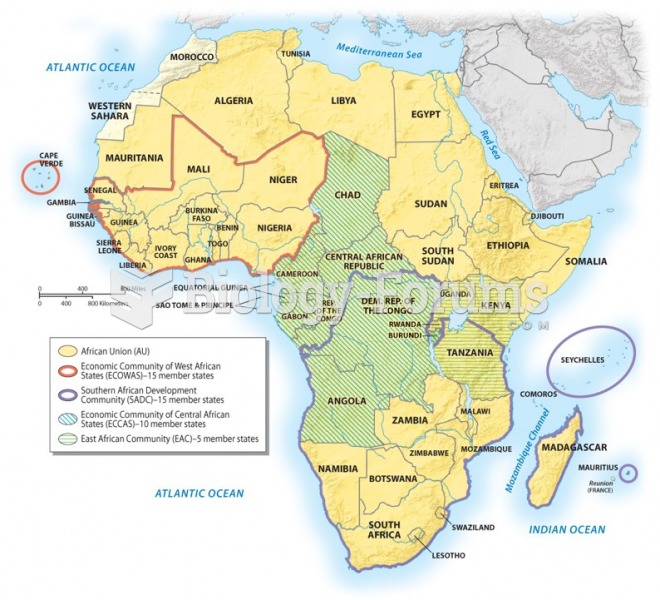Answer to Question 1
Conflict theorists focus on economic stratification and access to power in their analyses of race and ethnicity. The caste perspective views racial and ethnic inequality as a permanent feature of U.S. society. According to this approach, the African American experience must be viewed as different from that of other racial or ethnic groups. African Americans were the only group to be subjected to slavery; when slavery was abolished, a caste system was instituted to maintain economic and social inequality between whites and African Americans. The caste system was strengthened by antimiscegenation laws, which prohibited sexual intercourse or marriage between persons of different races. Class perspectives emphasize the role of the capitalist class in racial exploitation. African Americans were enslaved because they were the cheapest and best workers the owners could find for heavy labor in mines and on plantations. According to sociologist Robert Blauner, groups that have been subjected to internal colonialism remain in subordinate positions longer than groups that voluntarily migrated to the United States. Internal colonialism occurs when members of a racial or ethnic group are conquered or colonized and forcibly placed under the economic and political control of the dominant group. Split labor market refers to the division of the economy into two areas of employment, a primary sector or upper tier, composed of higher-paid (usually dominant group) workers in more secure jobs, and a secondary sector or lower tier, composed of lower-paid (often subordinate group) workers in jobs with little security and hazardous working conditions. According to this perspective, white workers in the upper tier use racial discrimination against nonwhites to protect their positions. The term gendered racism refers to the interactive effect of racism and sexism on the exploitation of women of color.
The theory of racial formation states that actions of the government substantially define racial and ethnic relations in the United States. Government actions range from race-related legislation to imprisonment of members of groups believed to be a threat to society.
Answer to Question 2
a







